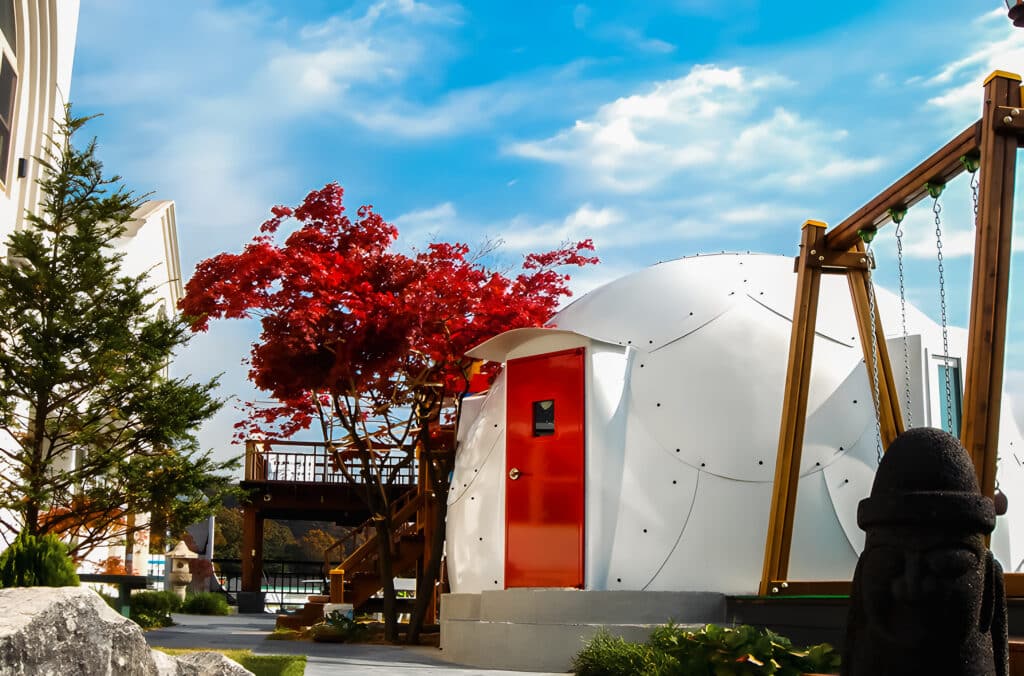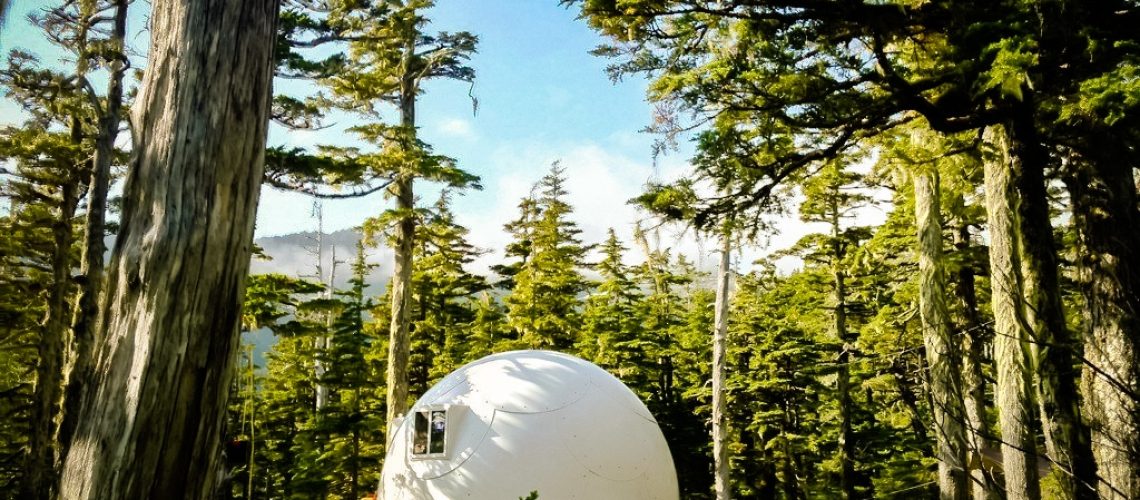The term “carbon footprint” has been around for some time. It refers to how much carbon is produced in the event, activity, or process from start to completion. We should all be quite familiar with its meaning and usage by now. Like footprints on a beach, carbon footprints are a measure of the impact you have on the planet, and like footprints, it can be big or small. But the more information we get on the environment and climate, the more complex the issues become.
So what is a “near net-zero carbon footprint”? Let’s break it down.
WHAT IS NET-ZERO?
This term is used to refer to the amount of carbon added to the atmosphere during a process. Many businesses have been making it a priority over the last decade to reduce their overall carbon footprint and become more environmentally friendly. With nearly 8 billion people on earth using valuable resources every day, protecting the planet has become more important than ever.
Net-Zero outlines the output of carbon has been neutralized by some process which will mitigate the release of carbon. Either the business has used carbon trading (donations to projects aimed at offsetting the effects of carbon pollution) or a direct, mechanical means such as scrubbers, to remove the carbon as it is produced.
NovaDome shelters are made of specialized fiberglass panels which makes them one of the longest-lasting and durable shelters on the market and net-positive for the environment. A NovaDome can last up to 50 years! The main ingredient in fiberglass is silica which is a non-depleting material, highly sustainable and can be mined in areas that are low on biodiversity such as many deserts and badlands. Compared to other construction materials such as metals and concrete, the mining and processing of sand into fiberglass is far less energy-intensive, helping reduce greenhouse emissions and fossil fuel consumption

"NEAR".
For those who are willing to acknowledge the reality of living, producing, doing business, traveling, and all of the other activities in the sphere of daily human activities, the term “near” is added to recognize it is virtually impossible to plant enough trees to offset all of the carbon produced in the daily course of life. But just because we can’t eliminate carbon emissions fully (yet), doesn’t mean we can’t still use eco-friendly shelters (like a NovaDome).
A near net-zero carbon footprint is a more realistic aim for businesses and individuals who wish to live consciously and authentically. It is an expression of accountability for those who are striving toward a more carbon-reduced future. Here at NovaDome, we get that. We are constantly innovating and evaluating our products to reduce our carbon footprint even further. And we don’t plan on stopping anytime soon.
WHY DOES IT MATTER?
For the environmentally conscious individual (or company), a near net-zero carbon footprint is an aspiration and a continuous challenge by which to monitor the impact of activities on the environment.
For example, you could claim to leave a net-zero carbon footprint by planting trees, living a modest lifestyle, and relying on alternative energy sources, but one or two international flights could invalidate that claim. Now you have a choice: will you ignore that factor and treat it as a statistical anomaly, or will you hold yourself accountable and work to offset the increase in footprint?
By using the term near net-zero carbon footprint, we can recognize and thus factor in all of the anomalous events which push our carbon footprints out further than we can manage. This is not to say we can always mitigate the increase, but it is a way to take responsibility and to aim to do better by constantly re-evaluating and refining processes. After all, we only have one Earth. Let’s take care of it!

NovaDomes are considered to be near net-zero products. Although there is an acknowledged carbon cost in manufacturing energy and transporting materials and the finished product, the NovaDome is light, requiring less fuel for transport.
Fiberglass, as a material, is environmentally sustainable, as it is essentially made from sand, which is abundant. It requires very little energy to produce and cure. It is also excellent insulation as fiberglass does not conduct heat or electricity, and so, the shelter has less heating and cooling requirements.
NovaDome shelters also need no foundation, thus eliminating the need for excessive energy and water usage in the pouring of mixed concrete. They can be placed on any terrain, with minimal impact on the surrounding ecology, where more traditional dwellings require substantially more preparation and, as a result, do more permanent damage to the land.
Overall, there is still a net carbon cost, but this is why they are referred to as near net-zero shelters. Comparatively-speaking, they are a more sustainable solution with a better longevity and biodegradability, which offsets the carbon footprint and brings it as close as humanly possible to zero.


